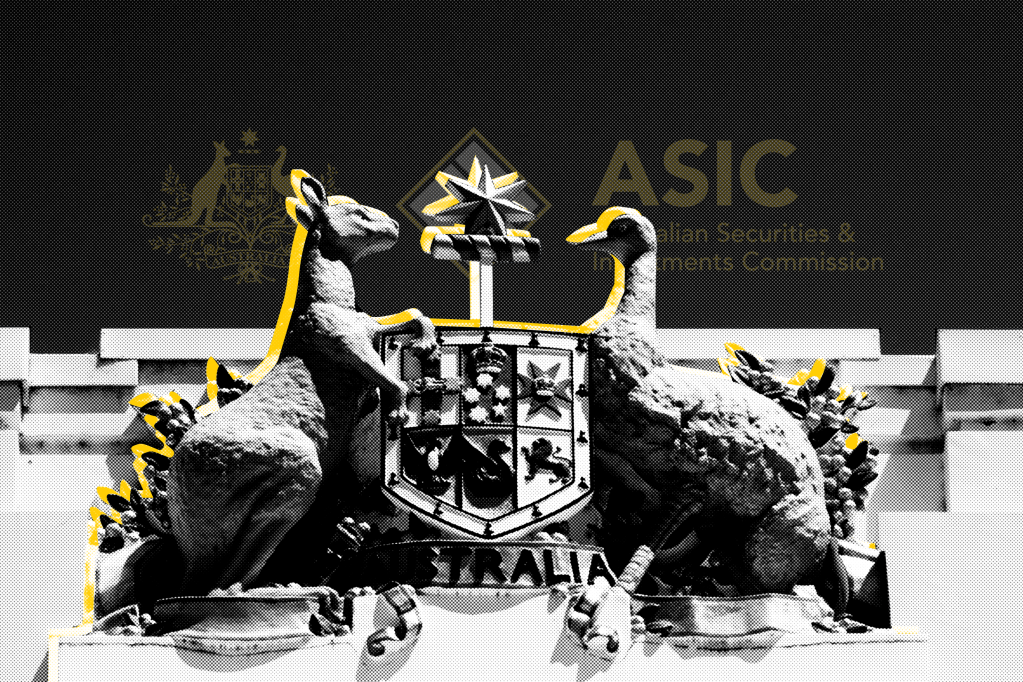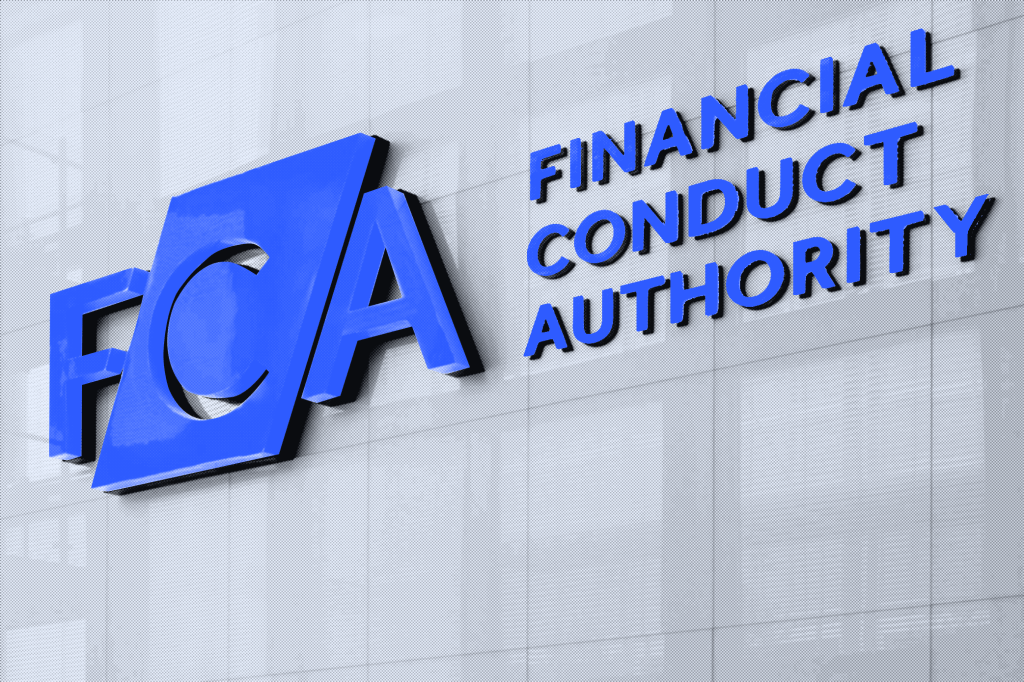The explosive growth of the cryptocurrency ecosystem has introduced both innovation and complexity to financial systems worldwide. Communications compliance surveillance teams are facing a new frontier. Crypto has brought unprecedented opportunities and equally formidable challenges for compliance professionals tasked with monitoring communications and transactions.
With its decentralized nature, evolving jargon and novel platforms, the digital asset ecosystem is straining traditional surveillance capabilities. Are compliance programs and firms ready, from a skillset perspective, to effectively surveil and monitor crypto-related activity?
This article explores the two core challenges that surveillance teams face in this space: skillset deficiencies and data complexity. Together, they present a steep learning curve for organizations attempting to maintain regulatory compliance and manage risk in a rapidly evolving financial environment
Shift to digital assets
Before diving into the specific challenges, it’s important to understand why digital assets are fundamentally different from traditional financial instruments. Unlike fiat currencies or equities, cryptocurrencies are built on decentralized blockchain technologies.
Decentralization means that transactions, communications and even trading activity, often occur outside of the more traditional regulated environments.
Moreover, the crypto space introduces new financial instruments such as tokens, stablecoins, decentralized finance (DeFi) products, and non-fungible tokens (NFTs) along with emerging venues like decentralized exchanges (DEXs), decentralized autonomous organization (DAO) forums, and messaging apps with integrated wallets. These new paradigms create unique communication pathways that may fall outside the scope of existing compliance tooling.
Skills challenges
Traditional surveillance teams are often composed of professionals experienced in monitoring equity, foreign exchange (FX), or fixed-income transactions. Crypto, however, brings with it a new vocabulary, new platforms, and a new type of trader behavior.
Concepts like staking, gas fees, rug pulls and on-chain forensics may be foreign to a surveillance analyst trained to detect front-running or insider trading in more traditional markets. Without fluency in crypto-native concepts and terminology, analysts struggle to interpret conversations or flag unusual activity. This creates gaps in surveillance effectiveness and increases the risk of missing critical red flags.
Difficulty attracting and retaining talent
The competition for crypto savvy compliance professionals is fierce. Many individuals with deep crypto knowledge are drawn to the fast paced, high reward environment of blockchain start-ups, exchanges, or DeFi protocols. This makes it hard for traditional financial firms to hire or retain such talent, especially when compliance roles are viewed as less glamorous or less lucrative.
In many organizations, existing compliance staff must upskill on the job, which slows down implementation and increases the risk of errors.
Evolving regulatory landscape
The regulatory framework for digital assets is inconsistent across jurisdictions. Compliance teams must stay on top of a rapidly shifting set of obligations from regulators such as the US’s SEC and Financial Industry Regulatory Authority, the UK’s Financial Conduct Authority, and the Monetary Authority of Singapore, each of which may classify or treat digital assets differently. This demands legal awareness and the ability to interpret how changes affect communication monitoring strategies.
As the regulatory crypto language matures, compliance must evolve internal and surveillance lexicons accordingly.
Data challenges
One of the most significant data challenges in crypto surveillance is the fragmentation of communication. Traditional financial communications typically occur through monitored channels such as Bloomberg, Reuters, Microsoft Teams, or recorded voice lines. In contrast, crypto communications often take place on:
- encrypted messaging apps (Telegram, Signal);
- social media platforms (X, Discord, Reddit);
- blockchain forums and DAOs; and
- gaming platforms or metaverse environments.
These channels are difficult to monitor owing to encryption, anonymity and the lack of institutional control. Surveillance teams often lack the tools to capture and analyze data from these platforms in real time, creating blind spots.
Encrypted/ ephemeral messaging
Telegram and Signal are popular among crypto traders and developers because of their end-to-end encryption and features such as auto-deletion. These functionalities directly conflict with regulatory requirements around recordkeeping and surveillance.
Even when communications are captured, the transient nature of messages complicates the process of forensic investigations. Traditional surveillance tools were not designed to handle these ephemeral environments. This presents compliance risks, especially in jurisdictions where regulators expect firms to capture and retain all business communications.
On-chain v off-chain activity
A unique complexity in the crypto space is the separation between on-chain (blockchain-based) and off-chain (external) activity. Surveillance teams monitoring communications must understand how on-chain activity (such as token transfers or staking) correlates with off-chain communications (chats or voice calls). Without integrated tools to connect these domains, analysts struggle to build a complete picture of user behavior.
For example, a trader might discuss a pump-and-dump scheme on Discord, then execute the plan via on-chain smart contracts across multiple wallets. Connecting those dots requires the ability to ingest and analyze both structured blockchain data and unstructured communication data, a capability that many firms currently lack.
Data volume and noise
Crypto trading operates 24/7 and across a wide range of time zones and platforms. This leads to an explosion in data volume. Communications compliance teams now must process terabytes of text, images, memes and voice communications, often in informal, slang-heavy language.
The high signal-to-noise ratio, especially on platforms such as Discord or X, makes it difficult for surveillance tools to separate meaningful risk indicators from background chatter. AI-powered surveillance tools are becoming more important, but they may require tuning to remain effective in such dynamic environments.
Solutions and recommendations
While crypto challenges are significant, there are steps that surveillance and compliance can take to adapt to the new environment:
Upskill and cross-train
Invest in training programs that teach surveillance analysts the fundamentals of blockchain technology, digital asset markets and decentralized applications. Collaborations with crypto-native companies or consultancies can accelerate this process. Encourage cross-training between compliance and digital innovation teams to bridge the knowledge gap.
Expand communication channel coverage
Implement surveillance solutions that support a broader range of communication channels, including encrypted messaging apps and social platforms.
Vendors are emerging that specialize in capturing and analyzing data from Telegram, Discord and other crypto-preferred platforms. However, firms must also consider the legal and ethical implications of monitoring these platforms.
Leverage AI
AI-driven solutions can help identify suspicious behavior across informal and slang-heavy platforms. These tools can be prompted to detect crypto specific jargon, codewords, and risk indicators.
Proactively engage with vendors who have relationships with regulators
Firms operating in the crypto space should maintain open lines of communication with regulators. This not only helps interpret unclear guidance but also demonstrates a commitment to compliance innovation. Participating in industry forums and sandbox programs can also inform internal surveillance strategies.
Future of digital asset surveillance
As crypto and digital assets continue to integrate into the mainstream financial system, surveillance teams will be expected to perform at the same level of scrutiny and sophistication as they do in traditional markets. The role of communications surveillance is evolving from passive monitoring to active intelligence gathering.
In the future, we can expect:
- Greater regulatory clarity: as agencies standardize digital asset rules, surveillance obligations will become more defined.
- Industry collaboration: surveillance teams will need to work more closely with cybersecurity, data science and product development teams to be able to stay ahead of bad actors.
- Crypto and digital assets represent both a revolution in finance and a formidable challenge for compliance surveillance teams. The dual obstacles of skillset gaps and data fragmentation require a fundamental rethinking of how surveillance is performed. To meet the moment, institutions must invest in upskilling talent, expanding surveillance capabilities, and integrating new data sources.
Ultimately, firms that adapt swiftly and strategically will not only reduce risk, they will be well-positioned to lead in the new digital financial era.

















